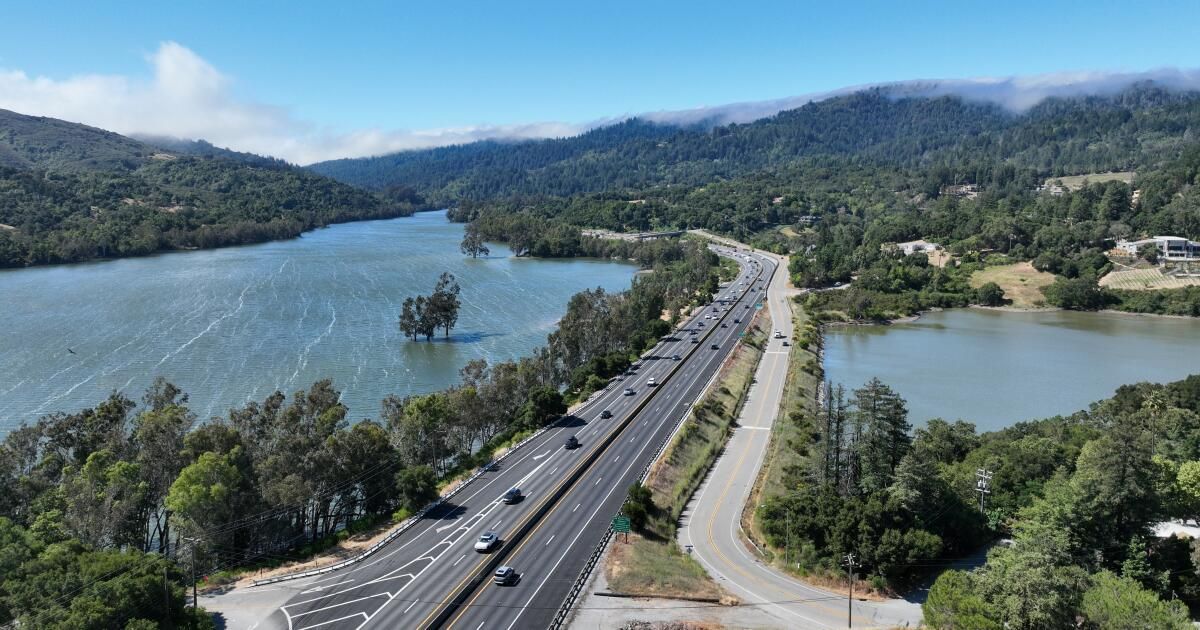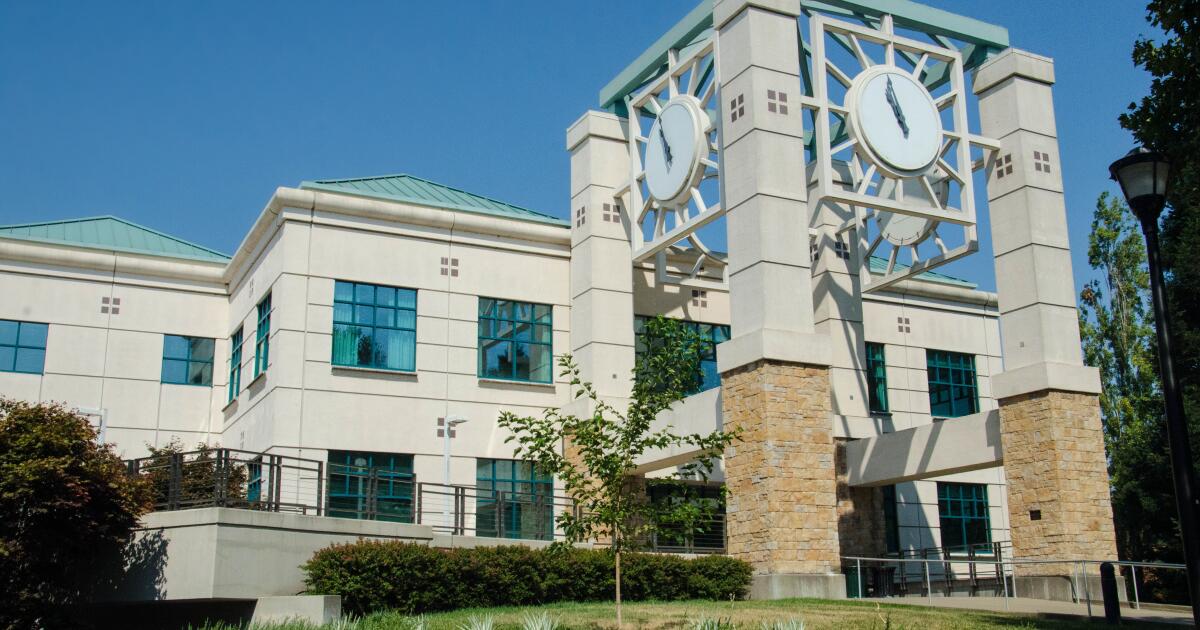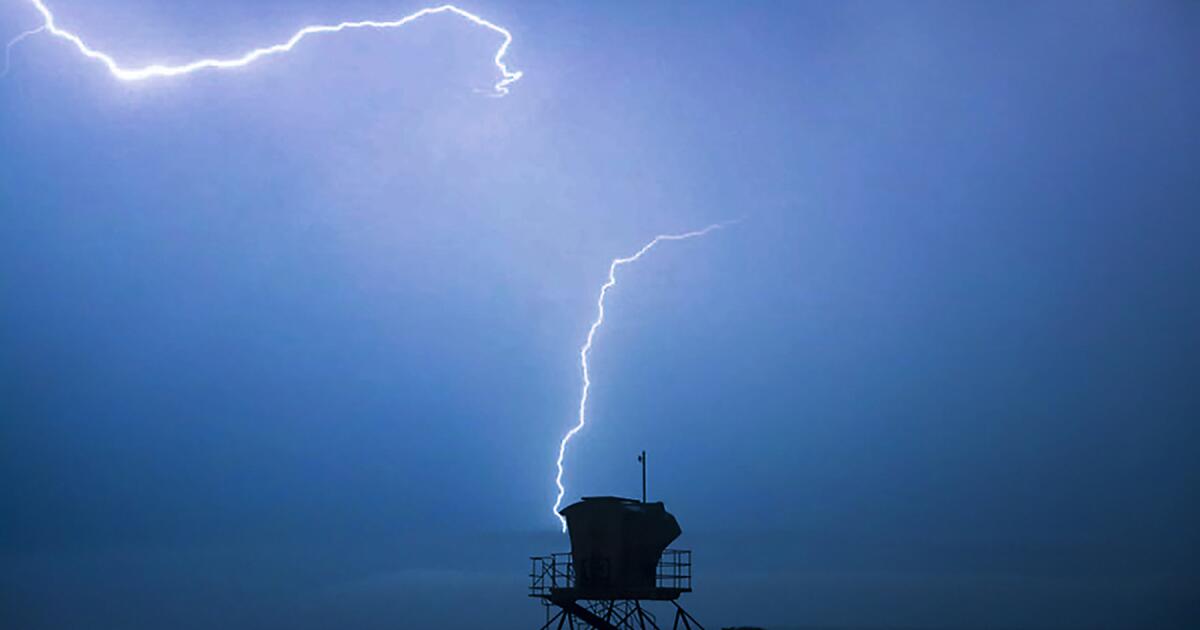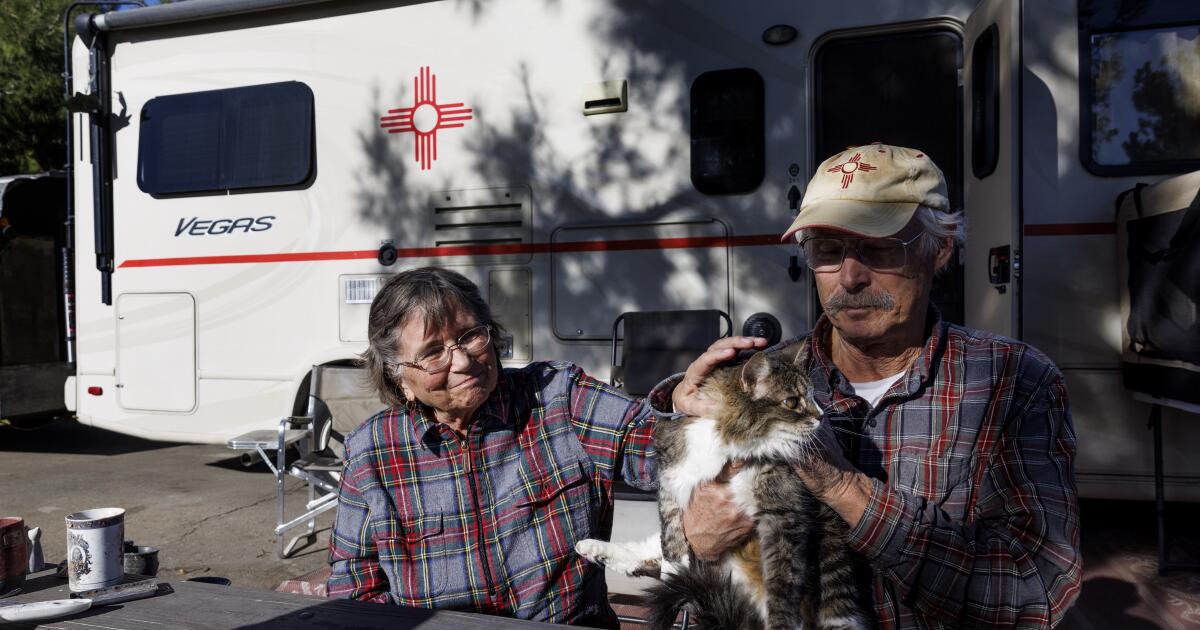People see highways as a way to get from point A to point B, but for the animals that live on both sides of a busy road, the lanes are a potentially deadly barrier.
According to the UC Davis Road Ecology Center, there have been at least 613 reports of cougars killed by oncoming traffic between 2016 and 2023. Two cougars have been found dead on Los Angeles County roads in the past month: one on the 405 Freeway on Thursday, the cause of death of which is still under investigation, and another on June 15 that was struck by a vehicle in Agoura Hills near an unfinished wildlife crossing on the 101 Freeway.
Other animals at risk of being hit by cars include deer, coyotes and raccoons.
In an effort to conserve wildlife and control roadkill, transportation officials and advocates are beginning to build wildlife passageways to safely cross major California highways.
The latest project, which is still under environmental review, is the Highway 17 Trails and Wildlife Crossing Project in the Santa Cruz Mountains.
The Midpeninsula Regional Open Space District has proposed a pair of freeway passages in Los Gatos: an overpass for hikers, bicyclists and horseback riders, and an underpass for mountain lions, deer and other creatures.
The project will include fencing to direct animals toward the underpass and discourage them from entering the highway. It will also have a one-way wildlife escape structure to give animals wandering onto the highway a safe way to exit. The district recently decided that both crossings will be located north of the Lexington Reservoir.
The project, 10 years in the making, focuses on an area that the UC Davis Center for Road Ecology identified as one of the state’s six hot spots for wildlife and traffic accidents, said Ryan McCauley, a spokesman for Midpen. The other areas cited by the center were Highway 50 in Eldorado County, Interstate 680 in Contra Costa and Alameda counties, Interstate 280 on the San Francisco Peninsula, Highway 101 in Marin County and Highway 49 in Placer and Nevada counties.
McCauley said mountain lions and other animals that roam on both sides of Highway 17 need “uninterrupted space” to create dens, mate and hunt for food.
This project would close the gap created by Highway 17 and merge 30,000 acres of open space, a “critical project.” [that would] “Ensuring the health of the cougars in our area,” McCauley said.
According to the Wildlands Network wildlife crossing database, the state of California already has at least 185 wildlife crossings. But highway crossings have received renewed attention in recent years, and several are in development or under construction. For example, the $92 million Wallis Annenberg Wildlife Crossing over Highway 101 in Agoura Hills is scheduled to be completed in 2026.
“There's a sense of urgency about crossings now that the public is beginning to understand how climate change is pushing animals to shift their habitats, either to adapt to vegetation changes or to flee areas affected by wildfires,” said Fraser Shilling, director of the Road Ecology Center. Such changes, he said, are critical to ecosystem resilience.
In the long term, said Neal Sharma of the Wildlife Conservation Network, “habitats and plant communities in one part of the state today may very well not be the same in decades to come, and all organisms need to be able to find comfortable places to live.”
A large, busy road could “have the effect of a wall and prevent those things from happening,” he said.
Wildlife crossings are only part of the solution to the problem of vehicle-animal collisions. Shilling said there are three ways communities can reduce collisions: driving less, reducing speed and building fences.
“Most people are not willing to do the first two. [unless] “They’re in a National Park and it says, ‘Hey, slow down for the bears,’” he said.
Crossings help wildlife, but Shilling argued that fences actually protect animals and reduce their ability to access the road in the first place.












